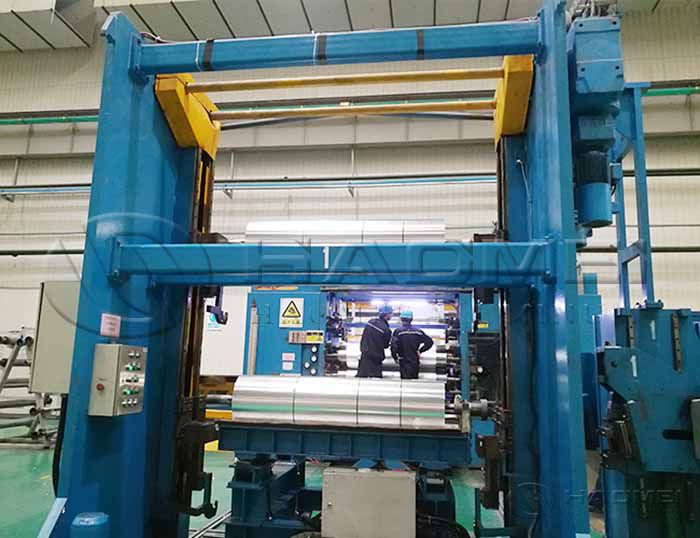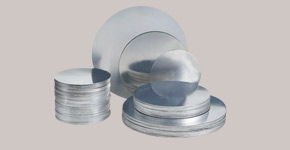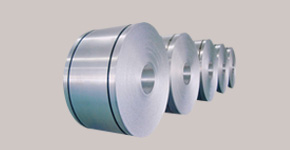
What Is Aluminium Foil Rolling Process
The aluminum foil rolling process is divided into three processes: rough rolling, intermediate rolling and finishing rolling. The difference lies in the thickness of the rolling exit. The exit thickness greater than or equal to 0.05mm is rough rolling, the exit thickness between 0.013 and 0.05 is middle rolling, and the exit thickness of less than 0.013mm is called finish rolling.

Rough rolling is similar to the rolling characteristics of aluminum sheet. The control of thickness mainly depends on rolling force and post tension. The thickness of rough rolling is very small, and its rolling characteristics are completely different from the rolling of aluminum sheet. It has the following features:
1. To make the aluminum sheet thinner mainly depends on the rolling force, so the automatic control method of the plate thickness is based on the constant roll gap as the main control mode of AGC. Even if the rolling force changes, the consistent thickness can be obtained by adjusting the roll gap at any time to keep the roll gap at a certain value.
Aluminum foil rolling is generally rolling without roll gaps under constant pressure conditions. Adjusting the thickness of aluminum foil mainly depends on the adjusted tension and rolling speed.
2. For ultra-thin aluminum foil with a thickness less than 0.012mm, due to the elastic flattening of the roll, it is very difficult to use the single-sheet rolling method, so the double-rolling method is adopted.
Stack rolling can not only roll out extremely thin aluminum foil that cannot be produced by single sheet rolling, but also reduce the number of broken strips and improve labor productivity. Using this process, single-sided smooth aluminum foil of 0.006mm to 0.03mm can be produced in batches.
3. During the aluminum foil rolling process, the phenomenon that the thickness of the foil material becomes thinner with the increase of the rolling speed is called the speed effect. The reasons for the speed effect are generally believed to have the following three aspects:
1) With the increase of rolling speed, the amount of lubricating oil brought in increases, so that the lubrication state between the roll and the rolled material changes. The coefficient of friction decreases, the oil film becomes thicker, and the thickness of the jumbo roll aluminum foil decreases accordingly.
2) In a rolling mill with cylindrical bearings, as the rolling speed increases, the roll neck will float in the bearing, so that the two interactively loaded rolls will move toward each other.
3) The rolling speed of the high-speed aluminum foil rolling mill is very high. With the increase of the rolling speed, the temperature of the rolling deformation zone increases. According to calculations, the metal temperature in the deformation zone can rise to 200 ° C, which is equivalent to an intermediate recovery annealing, thus causing work softening of rolled materials.
Original source: https://www.hm-alu.com/a/what-is-aluminium-foil-rolling-process.html



